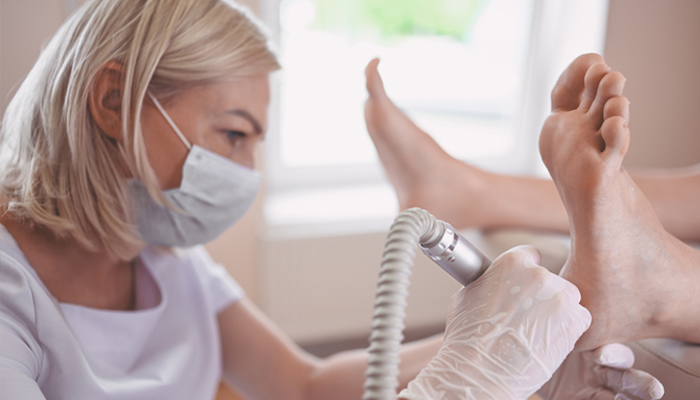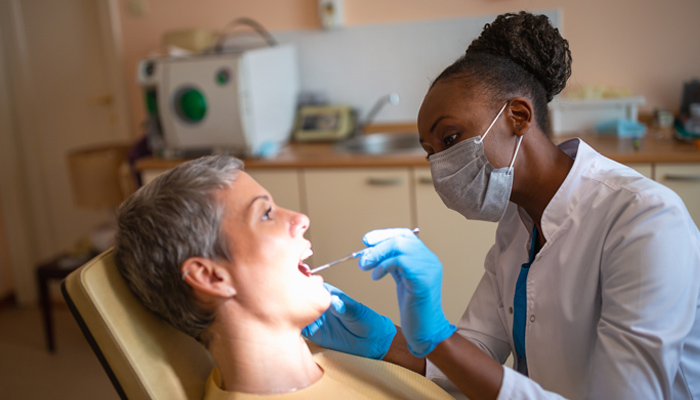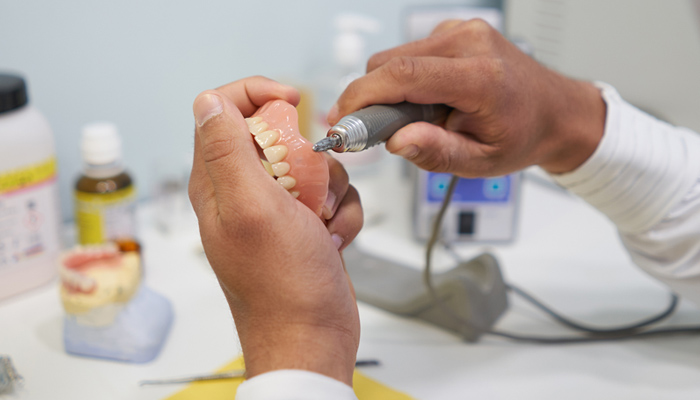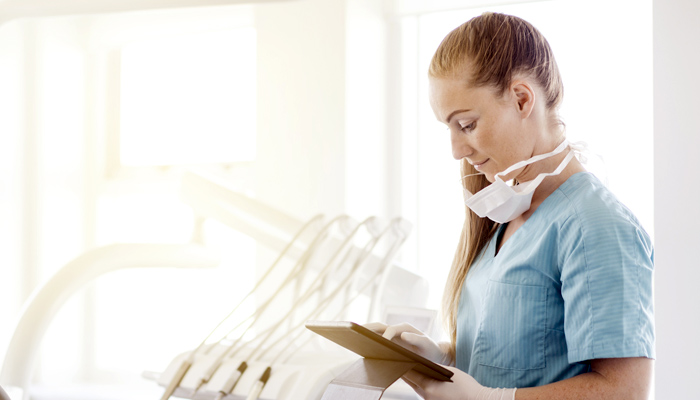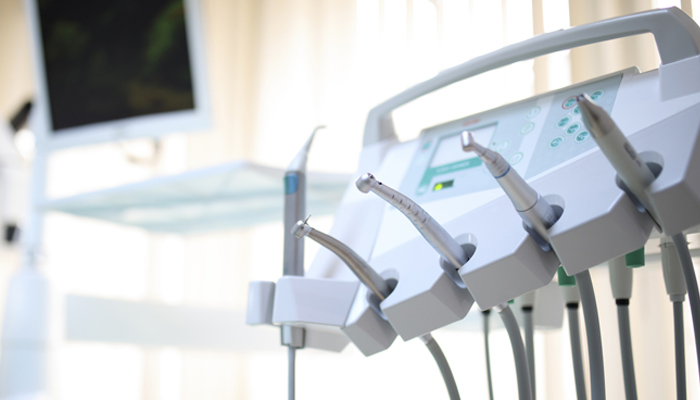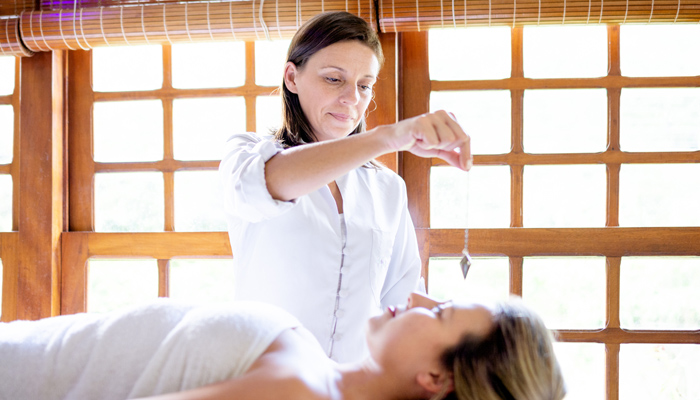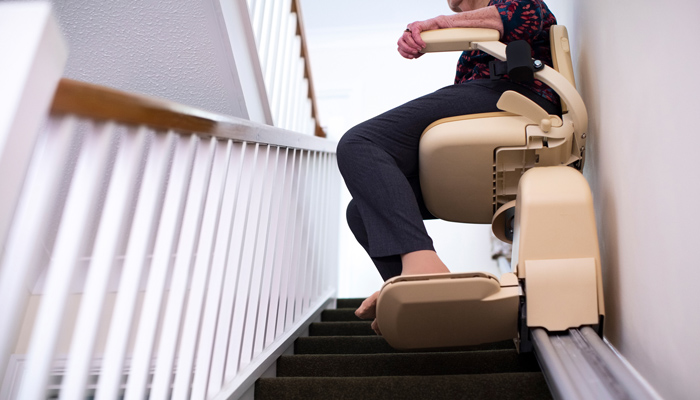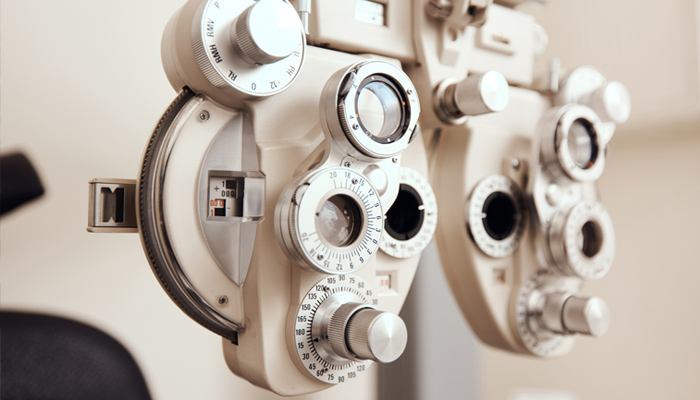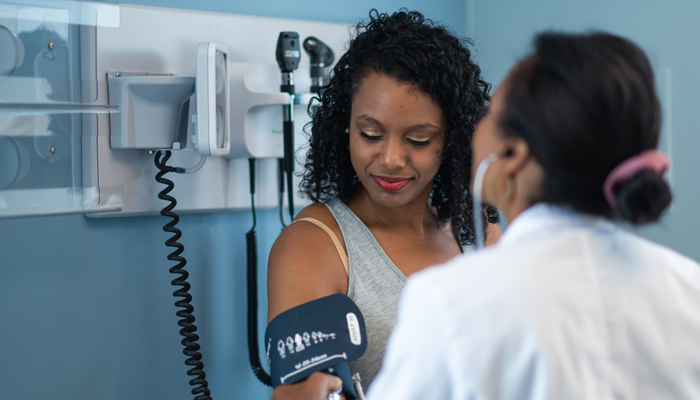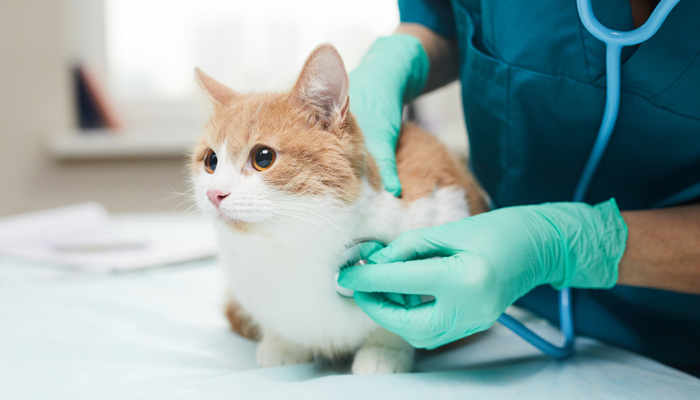An Employer’s Duty of Care to Lone Workers
Domiciliary care workers often work alone. Without a clear understanding of the law, the hazards and what preventative measures should be taken, employers leave their people open to risk and themselves exposed to employers’ liability claims.
Working alone is not against the law, fortunately, for sectors like home care. However, under the Health and Safety at Work Act 1974 and the Management of Health and Safety at Work Regulations, employers have a common law duty to take reasonable care of their employees whilst carrying out their employment duties. This includes providing proper working systems, suitable materials, competent colleagues and adequate supervision.
For home care workers it is imperative to fully understand the risks and precautions involved in every situation. And while they have a responsibility for taking reasonable care of themselves and cooperating with their employers in meeting legal obligations, it's the employer's legal duty to assess possible risks and take measures to avoid or control them.
A case in point
Briefed to get the client out of bed and dressed, our home care worker found the client uncooperative and the bedroom small with little room to manoeuvre. Once up, the client needed their weight supported to walk. When in the bathroom the care worker telephoned for supervisor backup.
Suffering back injury, an accident report was completed the following day. The care worker alleged fault with their employer because the risk posed by manual handling operations had not been identified and no equipment or steps to minimise or remove that risk were in place. This left the employer in breach of Regulation 3 of the Management of Health and Safety at Work Regulations 1999 and Regulation 4 of the Manual Handling Operations Regulations, and potentially non- compliant with care regulatory requirements.
Your risk assessment
Managing the safety of your employees while also taking into account the needs of the person being cared for is a fine balance. So involving your staff in your risk assessment is good practice. In this way, you can both more easily ascertain risks and put suitable measures and systems in place, including training, instruction, support, supervision, and the issue of protective equipment, such as the lifting apparatus needed in our case study.
Common hazards
Lone workers cannot easily liaise with colleagues, so as well as normal health and safety concerns, they are more vulnerable to other hazards, including:
-
driving in dangerous conditions and rural or high-crime areas
-
lifting people or manually handling heavy objects
-
slips, trips and falls
-
aggressive animals
-
violence and abuse
-
passive smoking
-
exposure to household chemicals or dangerous substances
It is also important for an employer to be aware of any enhanced risk to particular staff, for example young or inexperienced workers, pregnant women, and those with health issues such as diabetes or epilepsy.
To help protect employees, once your risk assessment is complete, it should be reviewed annually, and whenever there has been significant change in working practice. For employers with five or more employees, all significant findings should be recorded.
Training and supervision
Before an employee works alone, they should be adequately trained to fully comprehend risks involved and safety measures adopted. Further, they should be sufficiently competent in dealing with circumstances that are new, unusual or beyond the scope of training, knowing when to seek advice and how to handle aggression.
Although lone workers cannot be subject to constant supervision, the extent of supervision depends on the risks involved and the ability of the worker to identify and handle health and safety issues. Employees new to a job, or to the situation in which they will be working, may be more at risk, so may require more supervision initially.
The level of supervision required is a management decision, based on the findings of the risk assessment, and should not be left to the employee's discretion.
Safekeeping lone workers, protecting business
Many measures can be put into place to help ensure the safety of lone workers. From periodically accompanying employees working alone, regular phone, radio or email contact ensuring clear communication especially in emergency situations, through to automatic warning signals if planned contact is not made and checks to ensure the care worker has returned to their base upon task completion.
Establishing clear best practice procedures, including risk assessments, can help reduce the chances of incidents occurring, protecting employees and those placing themselves in your care, and safeguarding your business from costly employers' liability claims.
For further information on the Towergate Home Care Concept Advanced policy please contact our advisers on 020 8336 0099 or visit https://www.towergatepartners.co.uk/tpr/ukhca/uk-homecare-association
Reference: Domiciliary care lone worker safety guide, developed by Homecare Association on behalf of the Care Providers Alliance and Skills for Care
Care insurance from Towergate
For advice and assistance from our team of specialists, please visit our care and medical insurance web pages, call us on 01438 739280 or email newcare@towergate.co.uk.
About the author

Carolyn Baker-Mellor is a respected industry leader with over 35 years' experience within the care insurance sector. She works across a wide spectrum of insurance product and policy development, delivery and optimisation for care industry clients, including managing global corporate accounts, working closely with trade associations, and helping clients in protecting their businesses and personal assets.
Date: February 26, 2013
Category: Care and Medical








